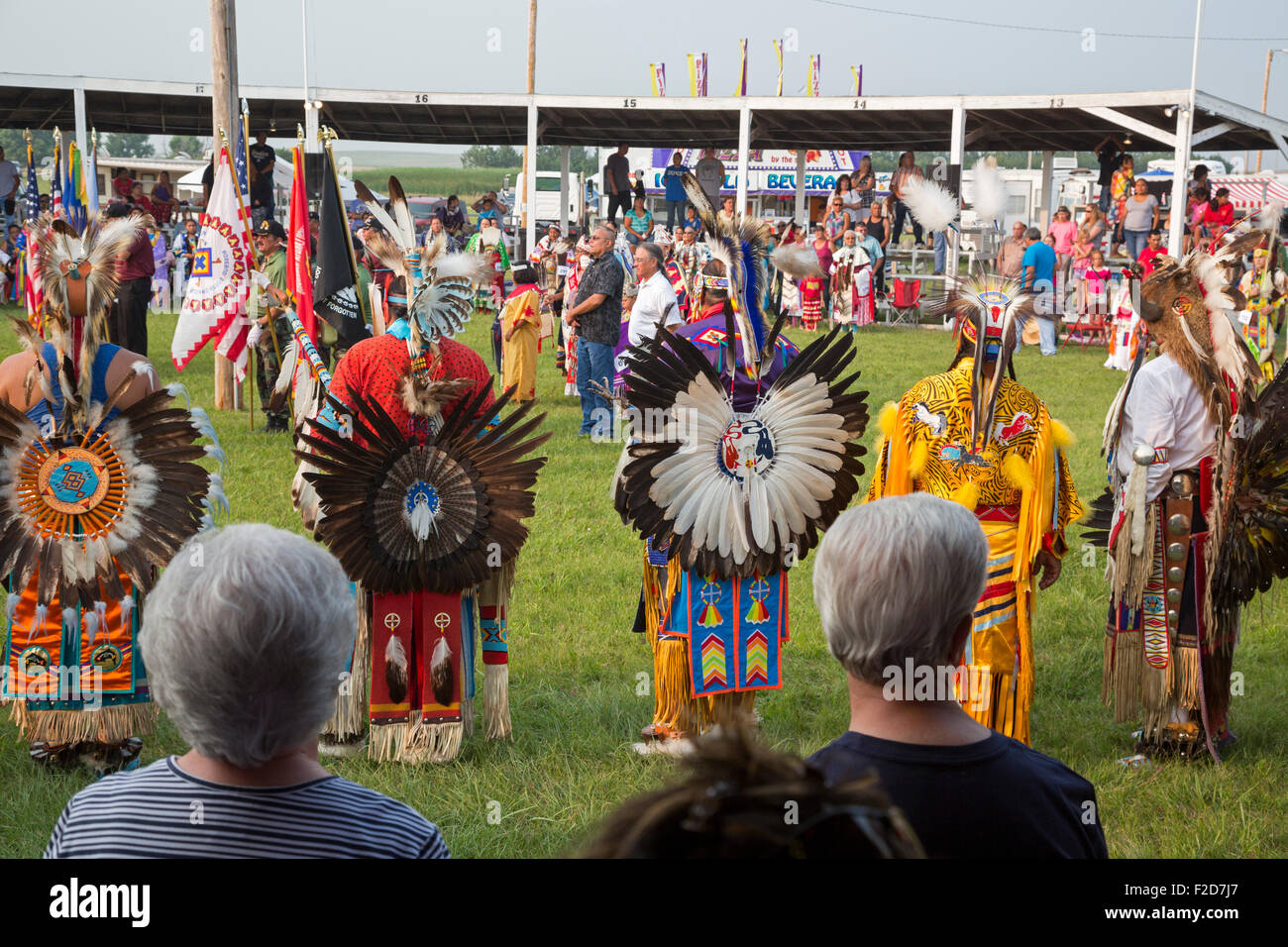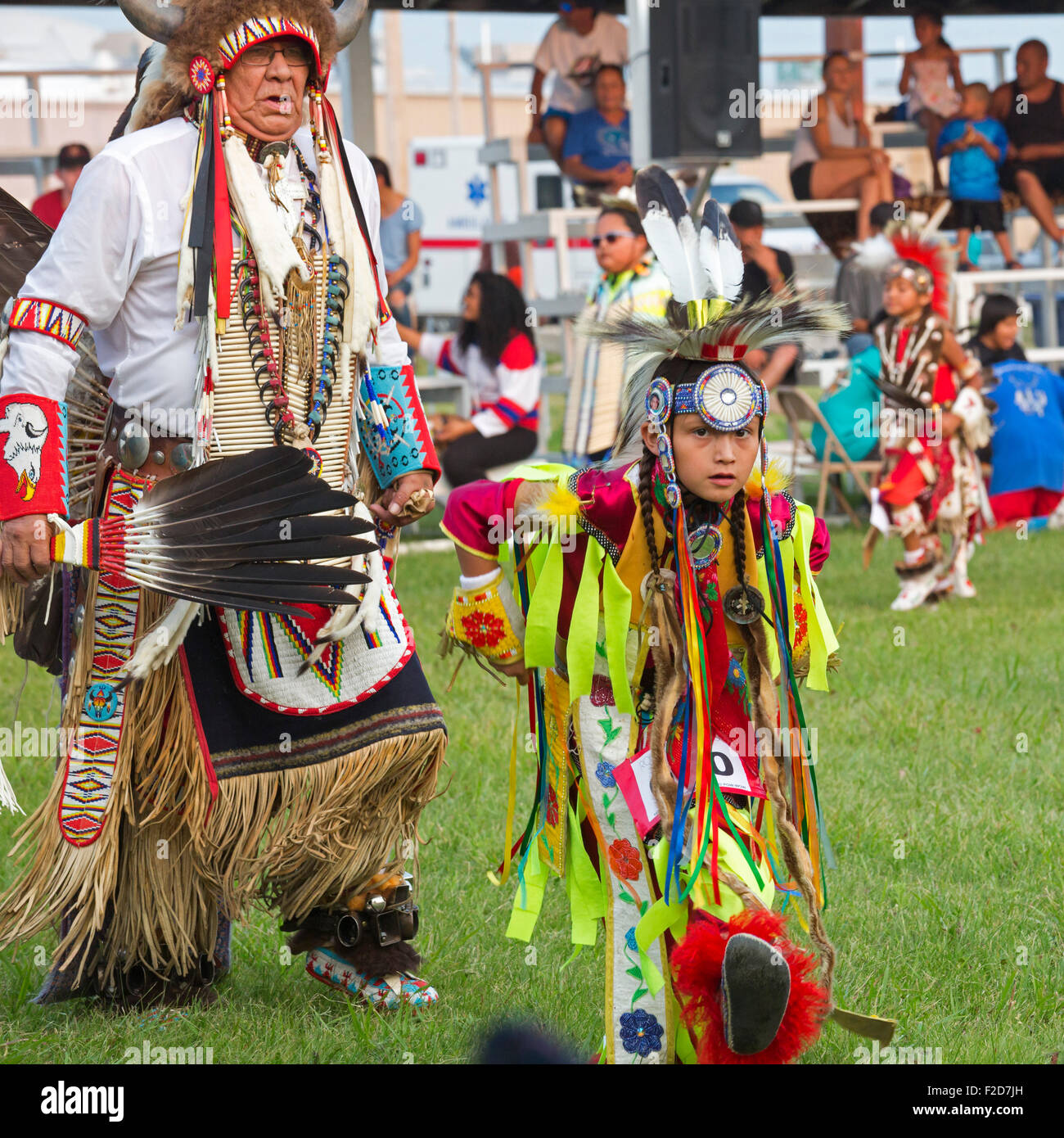
Echoes of Thunder and the Spirit of Resilience: What Defines the Rosebud Sioux Tribe
Nestled within the sweeping plains of south-central South Dakota, the Rosebud Indian Reservation is more than just a geographic location; it is the ancestral and contemporary home of the Sicangu Oyate, the Burnt Thigh Nation, one of the seven bands of the Teton Lakota (Sioux). To ask what the Rosebud Sioux Tribe is known for is to delve into a rich tapestry of profound history, enduring cultural strength, persistent challenges, and remarkable resilience. It is a story of unbroken spirit against centuries of adversity, a testament to a people deeply connected to their land and heritage.
The Rosebud Sioux Tribe is, first and foremost, known for its deep historical roots and the ongoing struggle for sovereignty and land rights. The Sicangu Oyate were signatories to the pivotal Fort Laramie Treaties of 1851 and 1868, which ostensibly recognized vast tracts of land, including the sacred Black Hills, as the Great Sioux Reservation. However, the discovery of gold in the Black Hills led to the infamous breaking of these treaties by the U.S. government, shrinking the reservation to its current boundaries. This legacy of broken promises and land dispossession remains a defining aspect of the tribe’s identity and their relationship with the federal government.

"Our land is not just dirt and trees; it is our history, our spirituality, our identity," says a tribal elder, reflecting a sentiment widely held. "Every struggle we face today is connected to the land we lost, but also to the land we still hold onto." This deep connection to Makoce (the land) is fundamental, informing their environmental stewardship and their staunch opposition to projects like the Keystone XL pipeline, which threatened their traditional lands and water sources. The tribe’s vocal and organized resistance against such projects has garnered national and international attention, showcasing their commitment to protecting their sacred resources for future generations.
Beyond land, the Rosebud Sioux are celebrated for their vibrant and meticulously preserved Lakota culture and language. In a world where indigenous languages are rapidly disappearing, the Sicangu Oyate are known for their concerted efforts to revitalize and sustain the Lakota language (Lakȟótiya). Programs in schools, community classes, and immersive camps are working tirelessly to ensure the language, the very vessel of their worldview, continues to thrive.
Ceremonies like the Wiwangwaci (Sun Dance), the Sweat Lodge (Inipi), and the Vision Quest (Hanbleceya) are not relics of the past but living, breathing practices central to their spiritual life. Powwows, vibrant celebrations of dance, music, and community, are held regularly, drawing participants and spectators from across the nation. These cultural expressions are not just for show; they are vital to individual and collective well-being, fostering a sense of belonging, healing, and cultural pride. The distinct artistry of Lakota beadwork, quillwork, and storytelling are also hallmarks of the Sicangu people, passed down through generations.
Perhaps one of the most significant and pioneering achievements for which the Rosebud Sioux Tribe is known is the establishment of Sinte Gleska University (SGU). Named after the revered Sicangu leader, Spotted Tail, SGU was founded in 1971 as the first tribal university in the United States. It stands as a powerful symbol of tribal self-determination and a beacon of hope, providing higher education opportunities rooted in Lakota culture, values, and traditions.
SGU is not just an academic institution; it is a cultural anchor. It offers degrees ranging from associate to master’s, with unique programs focused on Lakota language, culture, and history, alongside more conventional fields. It empowers tribal members to become leaders, educators, and professionals within their own communities, embodying the principle of "education for self-determination." Its success has inspired the creation of numerous other tribal colleges across North America, solidifying Rosebud’s legacy as a trailblazer in indigenous education.
However, the story of the Rosebud Sioux Tribe is also marked by profound socio-economic challenges and the ongoing fight for improved living conditions. Like many reservations across the U.S., Rosebud grapples with high rates of poverty, unemployment, and associated health disparities. The legacy of historical trauma, including forced assimilation through boarding schools, continues to impact community health, contributing to issues such as diabetes, heart disease, and addiction. Access to adequate healthcare, nutritious food, and economic opportunities remains a critical concern.
Despite these immense hurdles, the Rosebud Sioux are known for their unwavering resilience and innovative approaches to economic development and community well-being. The tribe operates the Rosebud Casino, a vital source of revenue that supports essential tribal services, including education, healthcare, and infrastructure. They have also explored renewable energy, particularly wind power, as a sustainable path to economic independence and environmental stewardship. Projects like the Rosebud Wind Energy Project demonstrate their forward-thinking approach to leveraging their natural resources in a way that aligns with their cultural values.
Another unique aspect is their commitment to buffalo restoration. The buffalo (Tatanka) is sacred to the Lakota people, representing abundance, resilience, and a deep connection to the land. The tribe has worked diligently to re-establish and manage buffalo herds on their lands, not only for economic purposes (meat, hides) but primarily for cultural and spiritual revitalization. This initiative is a powerful symbol of their efforts to reclaim their heritage and foster food sovereignty.

Historically, the Rosebud Sioux Tribe is also associated with influential leaders and spiritual figures. Spotted Tail (Sinte Gleska), the namesake of the university, was a shrewd diplomat and visionary leader who tirelessly advocated for his people during a tumultuous period of treaty negotiations and forced removals. In more recent times, the Rosebud Reservation was home to Leonard Crow Dog, a prominent spiritual leader and medicine man of the Lakota who played a significant role in the American Indian Movement (AIM) during the 1970s, particularly during the Wounded Knee Occupation (though Wounded Knee is geographically on the Pine Ridge Reservation, it is intrinsically linked to the broader Lakota struggle, and Crow Dog’s spiritual guidance during that time was pivotal).
In contemporary times, the Rosebud Sioux Tribe continues to be known for its assertive stance on tribal sovereignty and self-determination. Their tribal government actively navigates complex legal and political landscapes to protect their inherent rights, manage their resources, and chart their own future. This includes advocating for increased federal funding for tribal programs, asserting jurisdiction over their lands, and strengthening their own governmental structures.
In essence, what the Rosebud Sioux Tribe is known for is a multifaceted identity:
- A historical legacy of treaties broken and land lost, yet a persistent fight for justice.
- A cultural stronghold where the Lakota language, ceremonies, and traditions thrive.
- An educational pioneer through Sinte Gleska University, a model for indigenous empowerment.
- A community facing profound challenges but demonstrating extraordinary resilience and innovation.
- A people deeply connected to their land, serving as stewards of the environment.
- Home to influential leaders who have shaped indigenous rights movements.
The Rosebud Sioux Tribe is not simply defined by its struggles, but by its enduring spirit, its vibrant culture, and its relentless pursuit of self-determination. They stand as a powerful testament to the strength and adaptability of indigenous peoples, continually striving to honor their ancestors while building a prosperous future for the Sicangu Oyate. Their story is a vital chapter in the broader narrative of Native America, a resounding echo of thunder across the plains, symbolizing an unbreakable will to survive and flourish.


